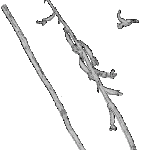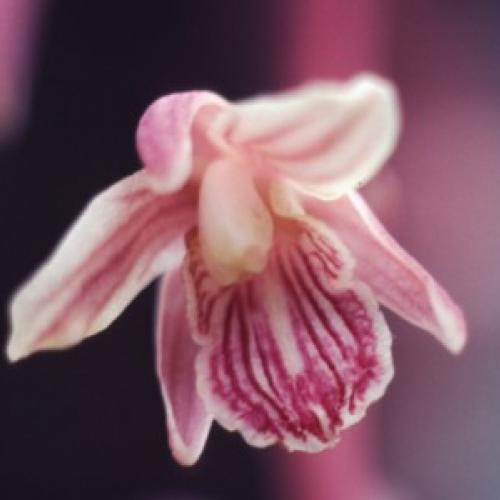Hexalectris arizonica (Arizona Crested Coralroot)
| USFWS | State of NM | USFS | BLM | Navajo Nation | State Rank | Global Rank | R-E-D Code | NMRPTC Status | Strategy Status |
|---|---|---|---|---|---|---|---|---|---|
| E | SEN | S1 | G5T3 | 2-1-2 | R | SS |
| Overall Conservation Status | Documented Threats | Actions Needed |
|---|---|---|
| UNDER CONSERVED | No Information |
Status surveys on abundance, distribution and threats |
Luer, C.A. 1975. The native orchids of the United States and Canada. New York Botanical Garden, Bronx.
*Liggio, J. and A.O. Liggio. 1999. Wild orchids of Texas. University of Texas Press, Austin.
Kennedy, A.H. and L.E. Watson. 2010. Species delimitations and phylogenetic relationships within the fully myco-heterotrophic Hexalectris (Orchidaceae). Systematic Botany 35(1):64-76.
Catling, P.M. and V.S. Engel. 1993. Systematics and distribution of Hexalectris spicata var. arizonica (Orchidaceae). Lindleyana 8:119-125.
For distribution maps and more information, visit Natural Heritage New Mexico




